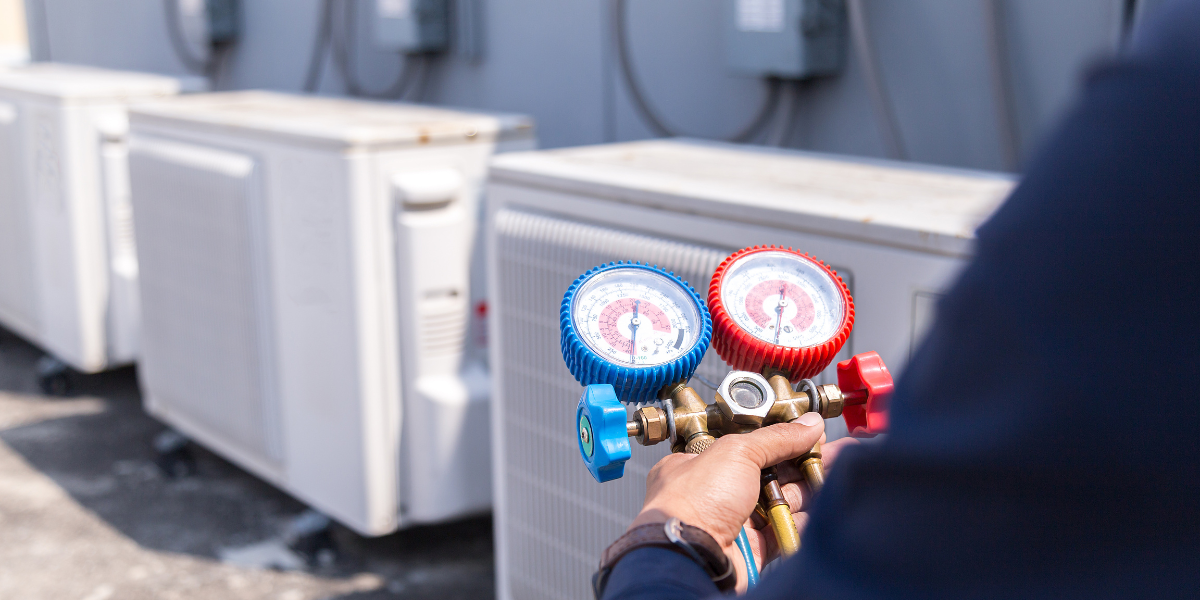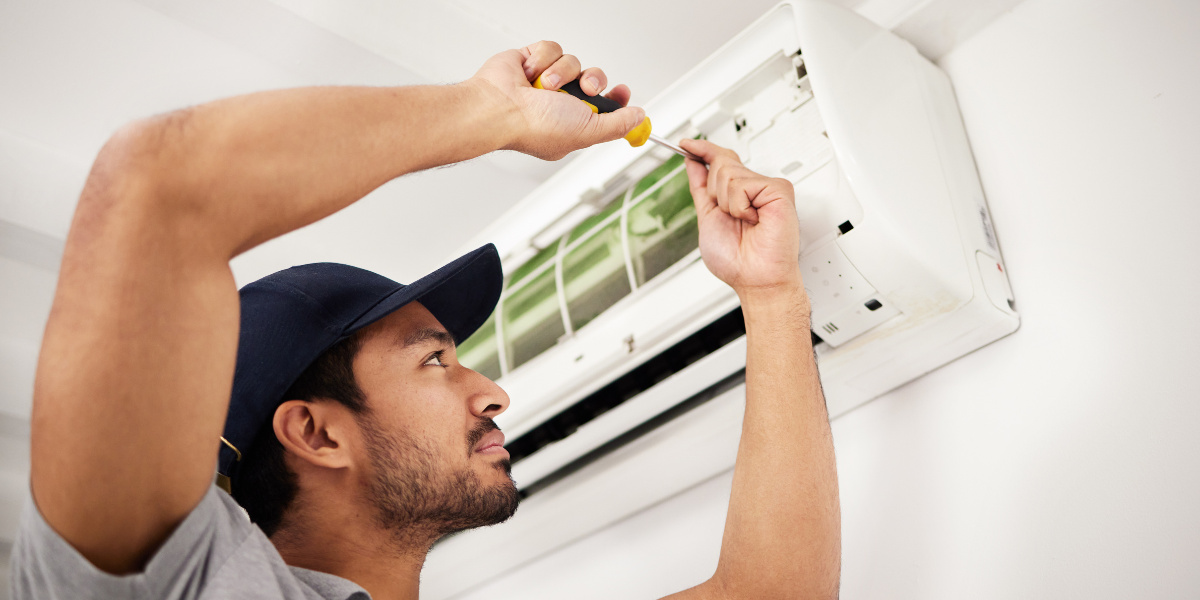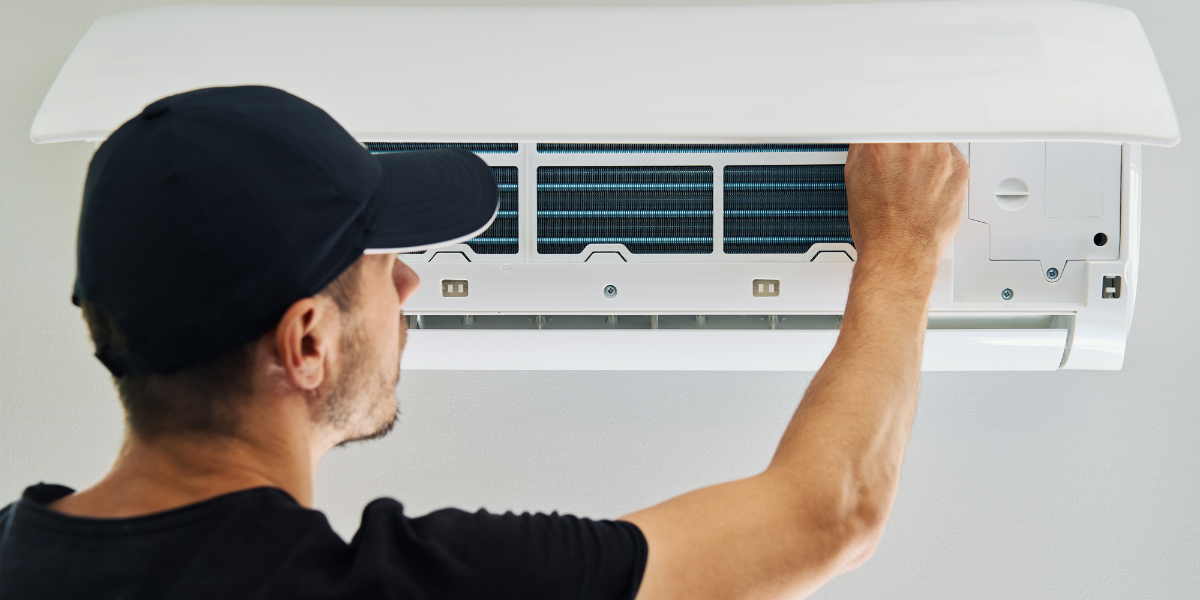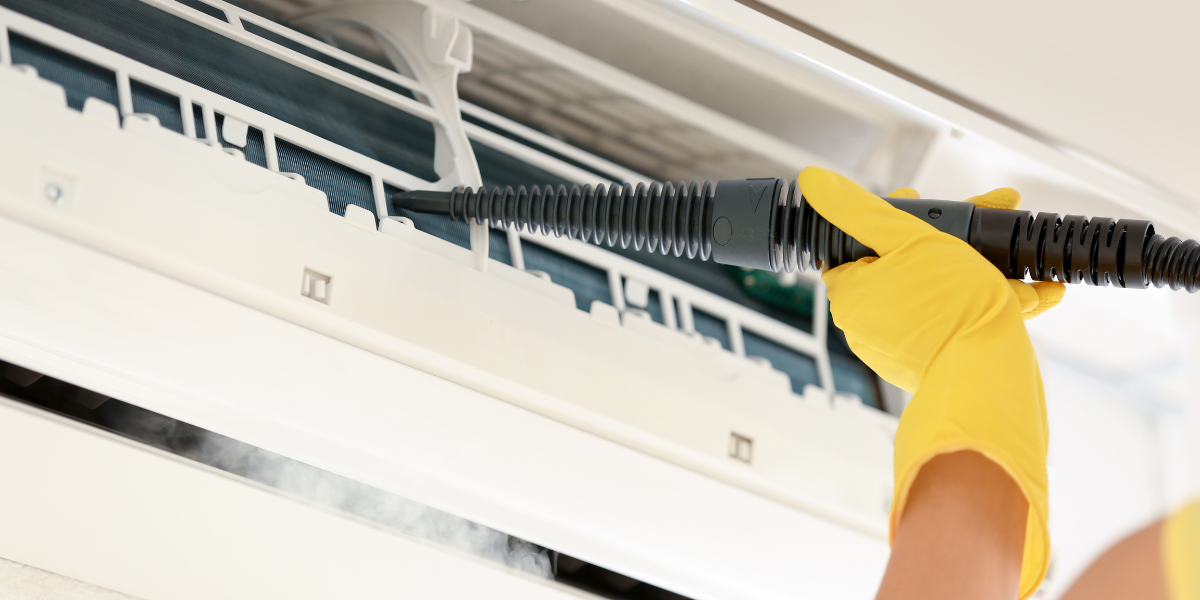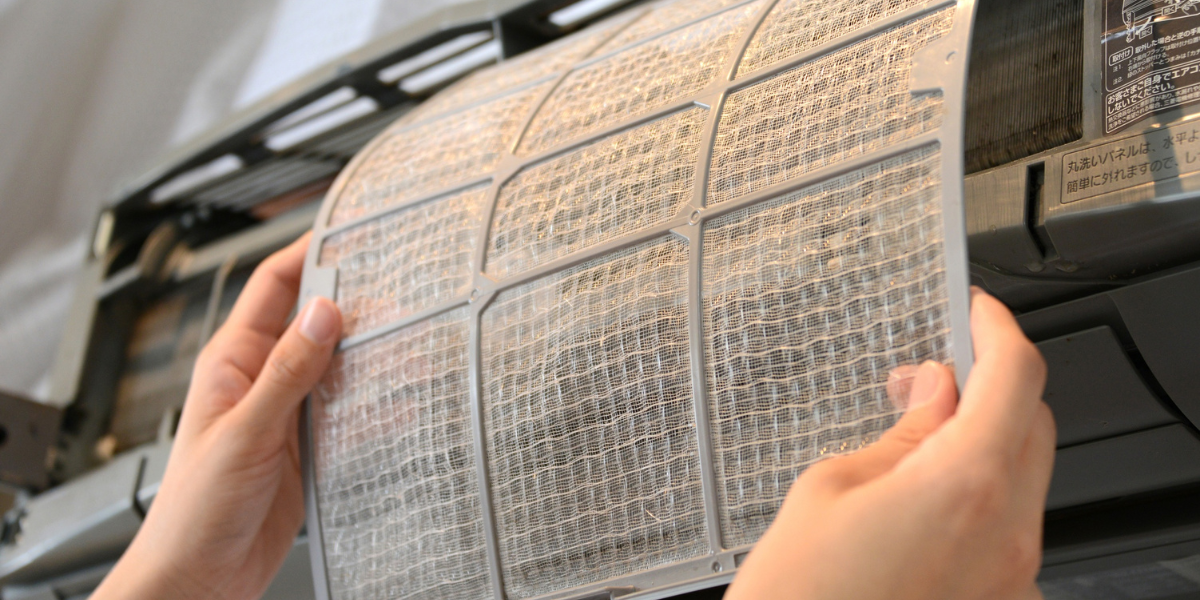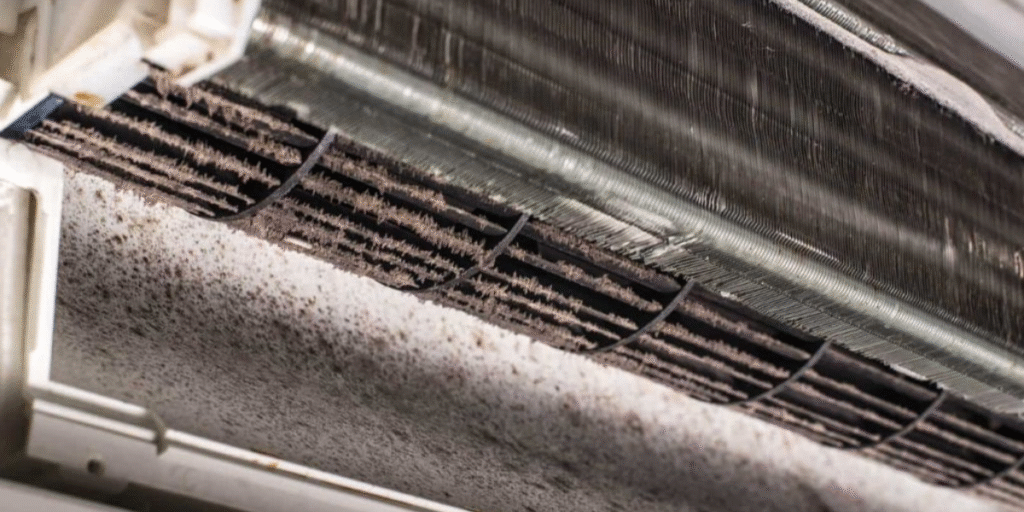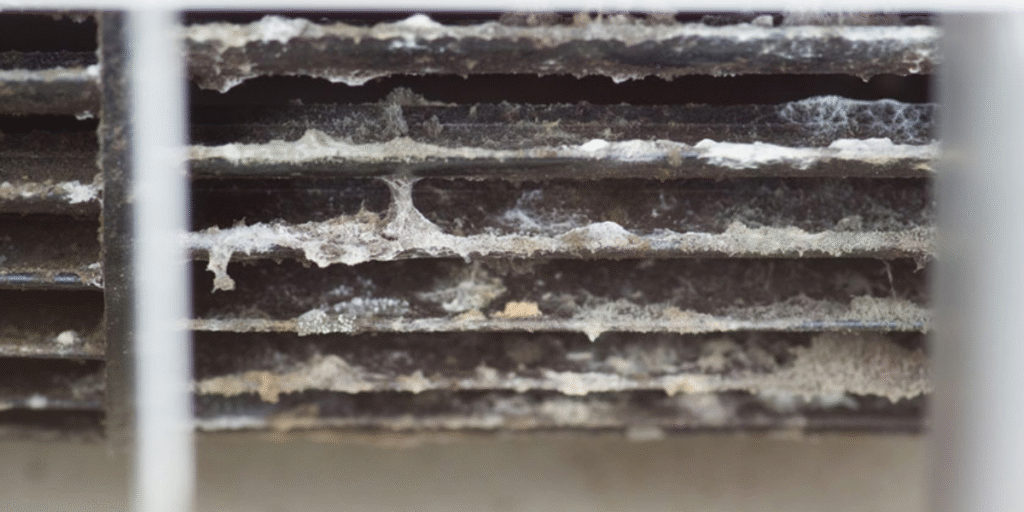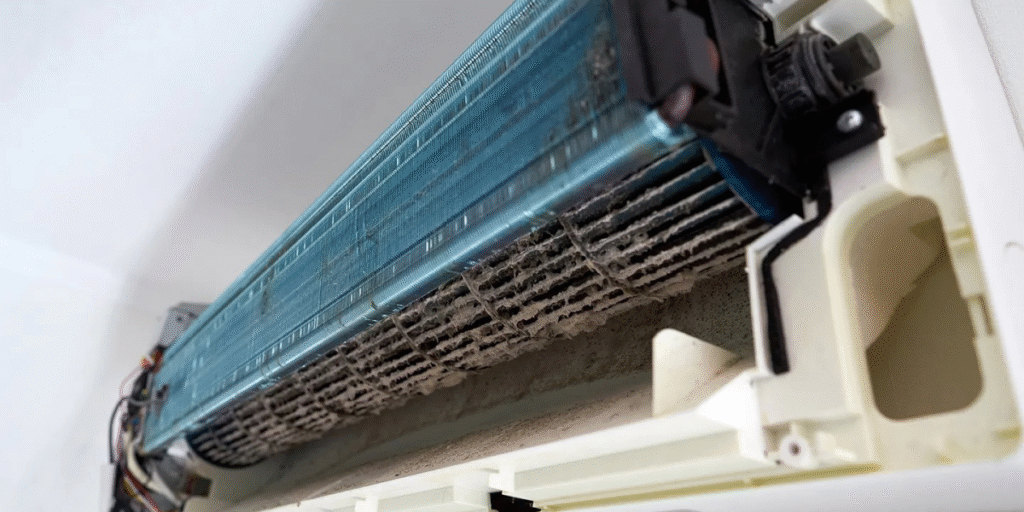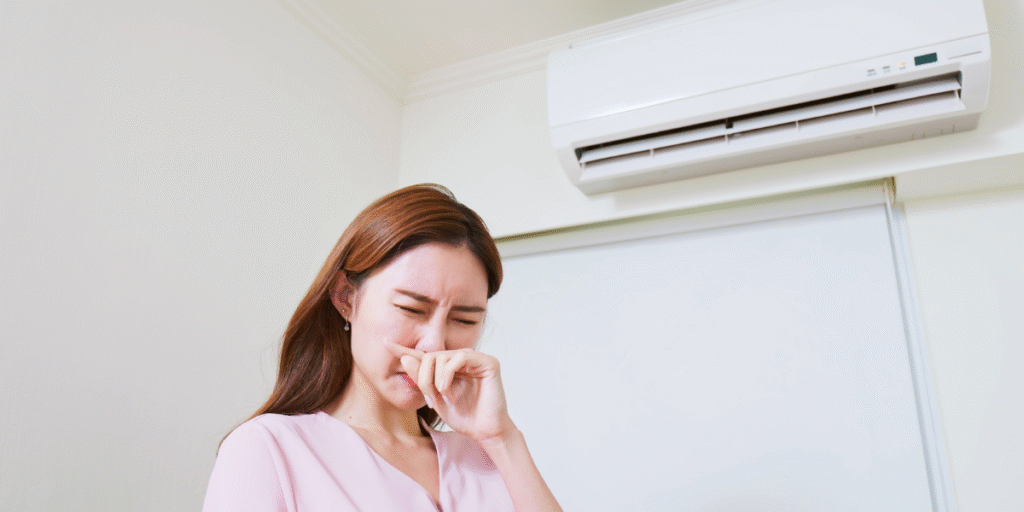Many homeowners face the same situation: summer ends, temperatures drop, and they stop using the air conditioner for months. Does this downtime harm the system? Most modern units handle seasonal breaks well, which is good news. However, just like a car or lawnmower sitting idle, your AC may need a little attention before you switch it back on. As an air conditioning service provider on the Gold Coast with decades of experience, DEEPCHILL has seen what really happens when an AC sits unused, and how preventative maintenance can make the difference between a smooth start and a costly repair.
Table of contents
When the air conditioner is not used, does it sleep or suffer?
If your air conditioner is not used for 3–4 months, it will likely run just fine, so long as it’s been properly installed, maintained, and serviced. Modern systems are built with durability in mind, designed to work hard for years while handling seasonal downtime with ease.
That said, there are still risks. Dust buildup, debris around the outdoor unit, or minor leaks left unchecked can turn a routine restart into an unexpected breakdown. In coastal climates like the Gold Coast, added factors such as salt air corrosion and humidity make regular check-ups even more important.
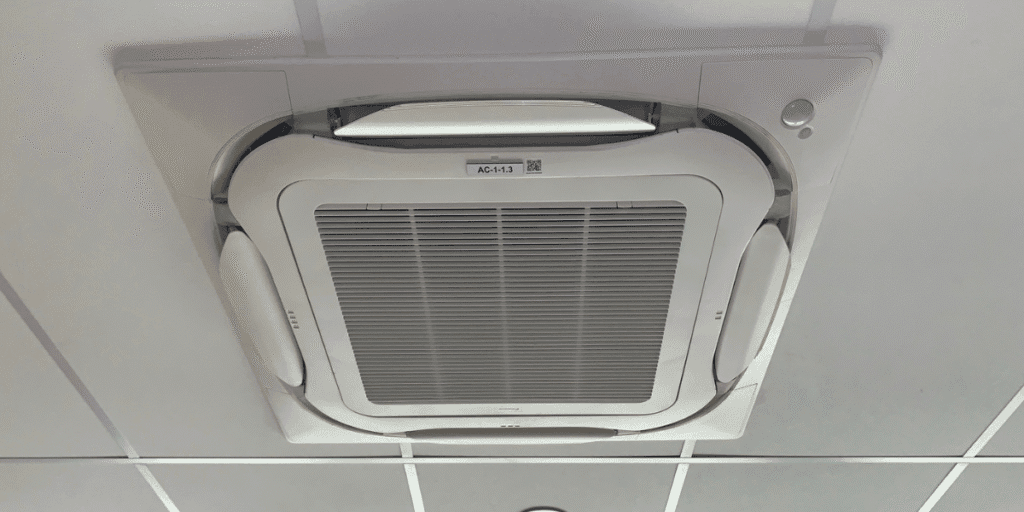
Before you hit that ON button: What your AC wants you to check
When it’s time to bring your unit back to life, take these steps first:
- Inspect the outdoor compressor: Clear away weeds, leaves, or nests that may have formed while your AC was off. Only a professional should open the casing and perform internal checks.
- Run the fan first: Set your thermostat to “fan mode” for 10 minutes. This helps push out dust before switching to cooling.
- Check and replace filters: Dirty filters block airflow, stress your system, and reduce indoor air quality.
- Look for refrigerant leaks: Signs of hissing, oily residue, or poor cooling efficiency can point to leaks that only a licensed technician should repair.
A quick inspection now can save you from emergency calls later.
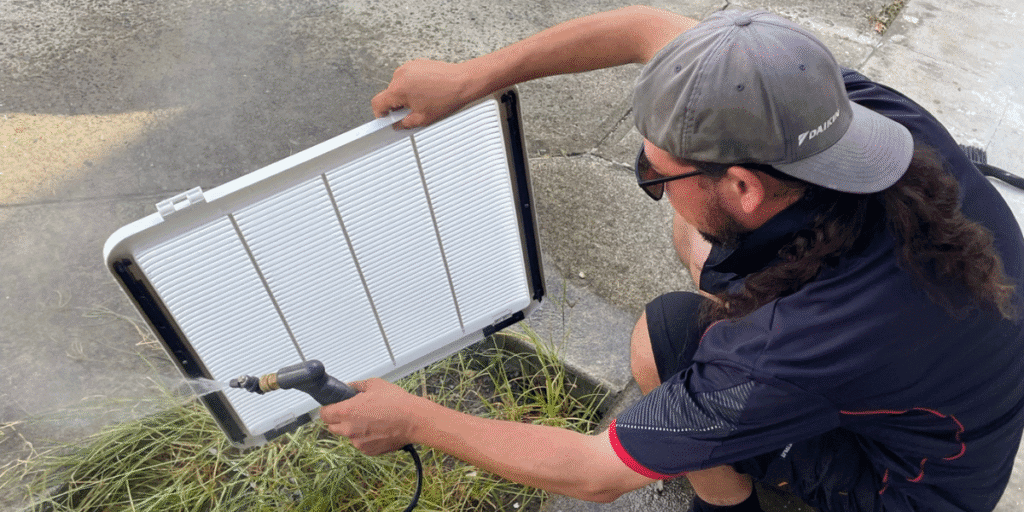
Three forgotten rituals to wake up a rested air conditioner
Just as important as restarting your AC is knowing how to shut it down properly at the end of a season. These steps will help protect your system during its downtime:
- Switch off the power: Prevents the unit from accidentally running on a warm day.
- Clear and clean the unit: Rinse away dust, droppings, and debris, and let the unit dry completely.
- Cover and protect: A weatherproof cover or a simple plywood board helps shield against rain, pests, and falling debris.
By planning ahead, your air conditioner will be ready to cool your home the moment you need it.
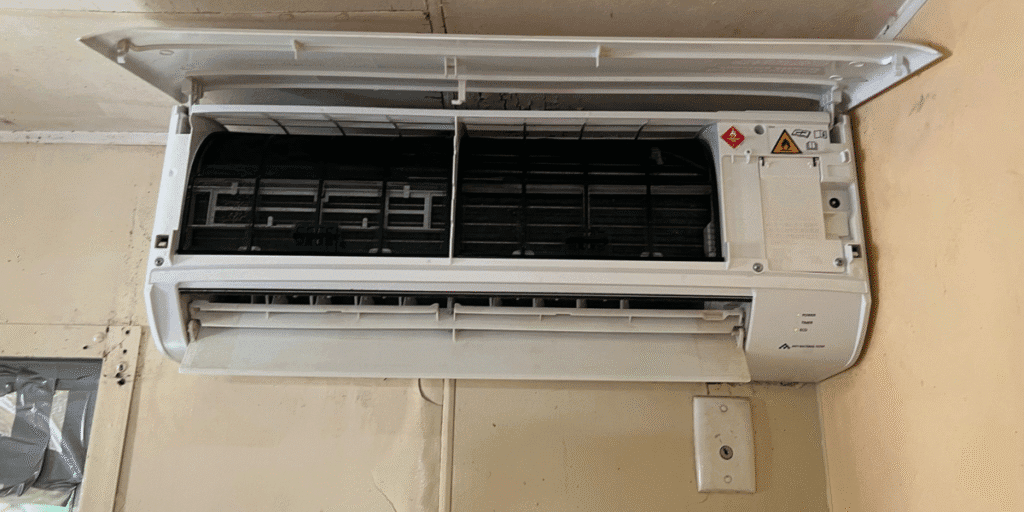
Problems don’t pause: Why unfixed air conditioning issues get worse in silence
Unfortunately, time doesn’t heal air conditioners. If your system had a refrigerant leak, clogged coils, or electrical issues before the off-season, those problems may worsen during inactivity. Common scenarios include:
- A minor refrigerant leak becoming a complete loss
- Corroded terminals deteriorating further
- Sensors or duct leaks causing more severe airflow problems
This is where preventative maintenance is crucial. On the Gold Coast, many homeowners wait until the first hot day to switch on their units, only to discover it’s not cooling. Regular maintenance before and after seasonal breaks prevents that frustration and often saves thousands in long-term repair costs.
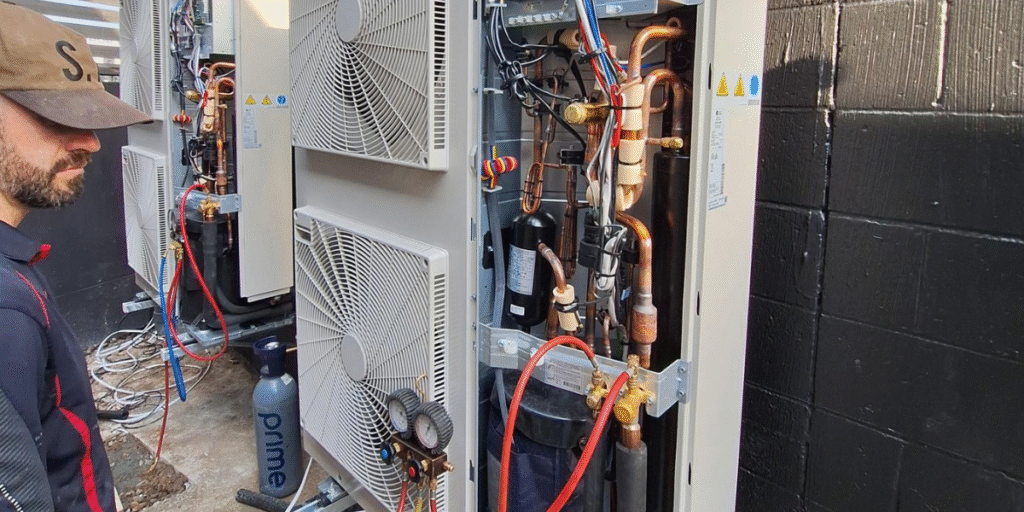
Final thoughts
If your air conditioner is not used for three to four months, chances are it will still be fine, if it’s been cared for properly. But neglecting small issues like dust, leaks, or corrosion before and after downtime can quietly shorten your system’s life.
That’s why so many Gold Coast homeowners rely on DEEPCHILL. Our approach to preventative maintenance is more than just a routine check – it’s a system of protection we’ll be sharing in detail soon.
In the meantime, if you want peace of mind before the next season hits, contact DEEPCHILL today. We’ll make sure your cooling stays reliable, year after year.

